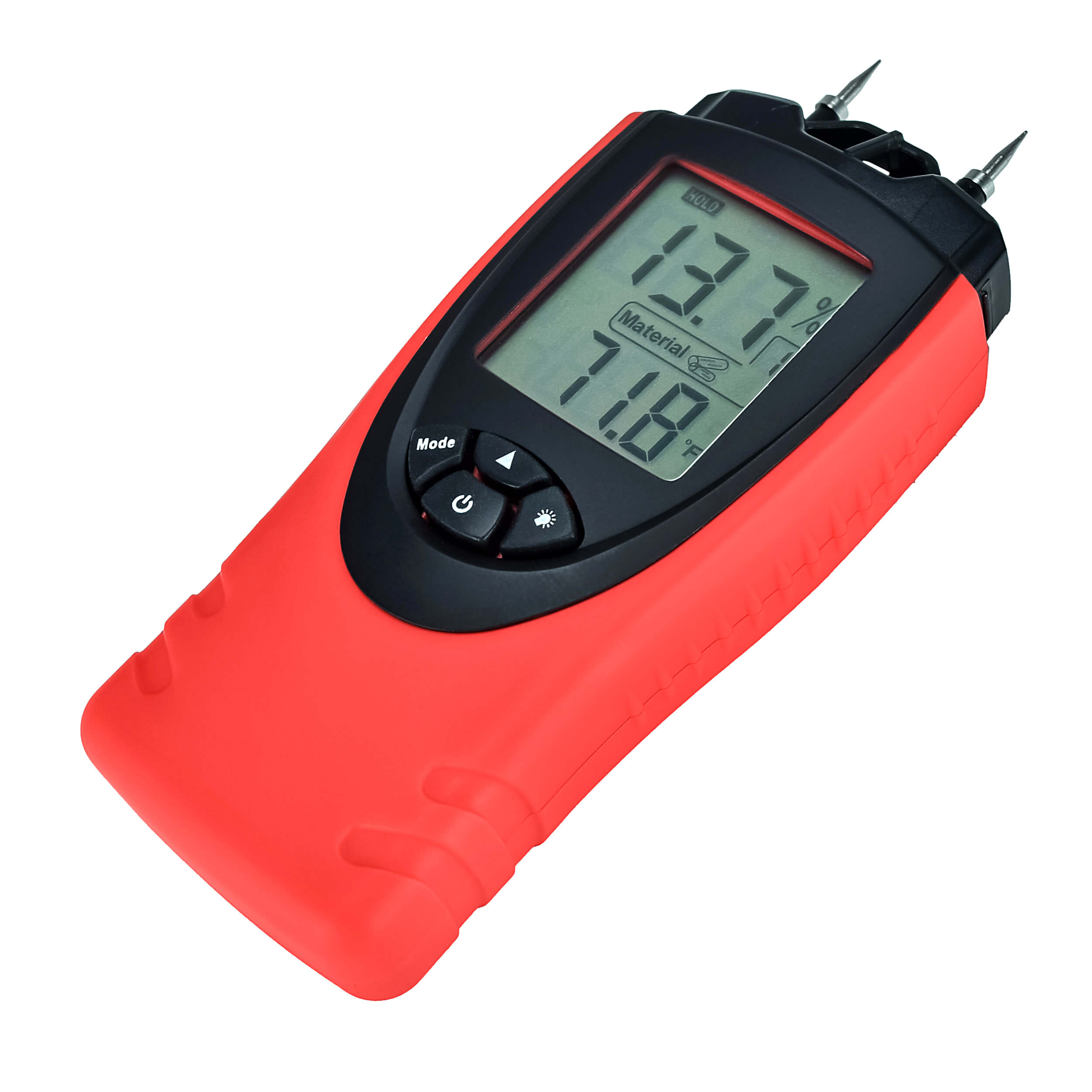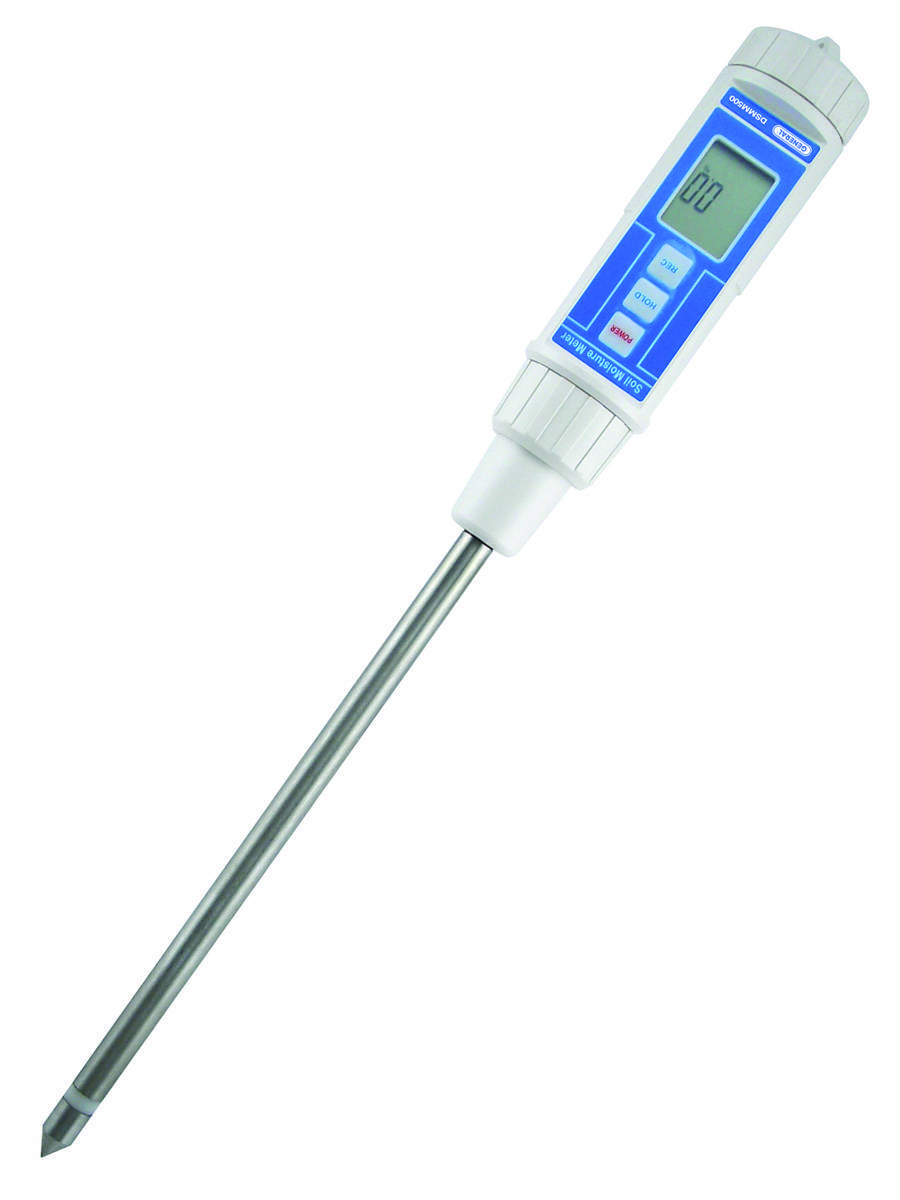Comprehending the Various Types of Moisture Meters and Their Applications
Comprehending the Various Types of Moisture Meters and Their Applications
Blog Article
The Ultimate Guide to Moisture Meters: A Comprehensive Summary and How They Can Conserve You Money
In the world of building upkeep, building and construction, and various sectors, the significance of properly measuring dampness degrees can not be overemphasized. Moisture meters offer as important tools in spotting and keeping track of moisture content in products, aiding in protecting against costly damages and ensuring the high quality of products. Understanding the subtleties of different sorts of moisture meters, their applications, and the possible cost-saving advantages they provide can be a game-changer for specialists and businesses alike. Finding how these devices can not only streamline procedures however also add to monetary cost savings is a journey worth embarking on.
Types of Moisture Meters
One usual type is the pin-type wetness meter, which measures the electrical resistance between two pins put right into a material. Pinless moisture meters, on the other hand, use electro-magnetic sensor plates to check a larger area without creating damage to the material's surface.
Infrared wetness meters gauge the thermal buildings of a product to establish its wetness material non-invasively, making them valuable for applications where pin or pinless meters might not be appropriate. Understanding the different kinds of moisture meters offered can help markets choose the most suitable device for their details dampness dimension demands.

Benefits of Utilizing Moisture Meters

In addition, using wetness meters can lead to raised energy efficiency. In farming settings, dampness meters play an essential function in maximizing plant yields by making it possible for farmers to keep track of soil wetness levels and make notified watering decisions.
Exactly How to Pick the Right Moisture Meter
Choosing the ideal moisture meter entails considering key elements such as material compatibility, measurement array, and calibration precision. When selecting a dampness meter, it's vital to make sure that the meter is ideal for the particular material you will certainly be testing. Different products have varying electric residential or commercial properties that can impact wetness readings, so choosing a meter designed for your product is important for exact results. Additionally, take into consideration the dimension variety of the moisture meter. Ensure that the meter next can discover moisture levels within the range needed for your applications. Calibration accuracy is an additional important aspect to keep in mind (Moisture Meter). Choose a dampness meter with trusted calibration to guarantee regular and precise analyses. Some meters may call for routine calibration modifications, so comprehending the calibration procedure is important. By carefully evaluating these variables, you can choose a wetness meter that meets your needs and provides exact wetness dimensions for your tasks.
Proper Strategies for Moisture Meter Usage
To make certain exact moisture readings and maximize the effectiveness of a moisture meter, using appropriate techniques is important. When utilizing a pin-type moisture meter, insert the pins or probes right into the product being checked up until they make complete call. By adhering to these appropriate strategies, customers look at this website can rely on their moisture meter to give credible moisture degrees, helping in stopping costly damages or making certain high quality in different applications.

Expense Savings Through Moisture Meter Applications
Exactly how can the tactical usage of dampness meters lead to considerable cost financial savings across numerous industries? In the farming market, wetness meters help in identifying the optimal time for collecting plants, avoiding excess or over-drying dampness that can impact the final product's high quality.

In addition, in the food processing industry, dampness meters are essential for keeping an eye on item top quality and guaranteeing conformity with safety regulations. By properly determining wetness web content in food items, suppliers can stop putridity, preserve quality, and decrease waste, causing significant expense savings. Generally, the calculated application of dampness meters is a useful financial investment that can result in significant price reductions and enhanced effectiveness across various industries.
Conclusion
In final thought, moisture meters are valuable devices for detecting and determining wetness degrees in different products. By making use of the appropriate moisture meter and adhering to appropriate techniques, users can effectively avoid costly damages caused by excess dampness. Spending in a high quality dampness meter can lead to significant cost savings in the long run by determining prospective problems beforehand and making it possible for punctual removal. Ultimately, wetness meters are essential instruments for keeping the honesty and durability of frameworks and products.
Dampness meters serve as crucial devices in finding and keeping an eye on moisture web content in products, helping in avoiding pricey damages and ensuring the top quality of items. Infrared wetness meters gauge the thermal homes of a material to identify its moisture material non-invasively, making them helpful for applications where pin or pinless meters may not be appropriate.Wetness meters supply invaluable advantages in properly monitoring and analyzing dampness degrees in varied materials and settings. In farming setups, wetness meters play a vital role in maximizing plant returns by allowing farmers to keep track of dirt moisture degrees and make educated watering choices.In conclusion, wetness meters are important devices for measuring and identifying dampness levels in numerous products.
Report this page